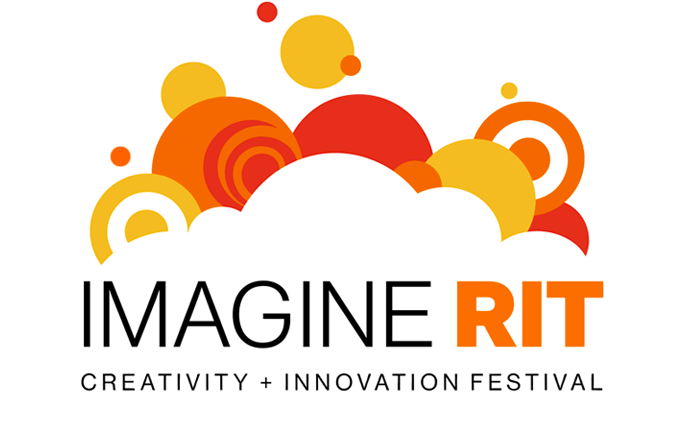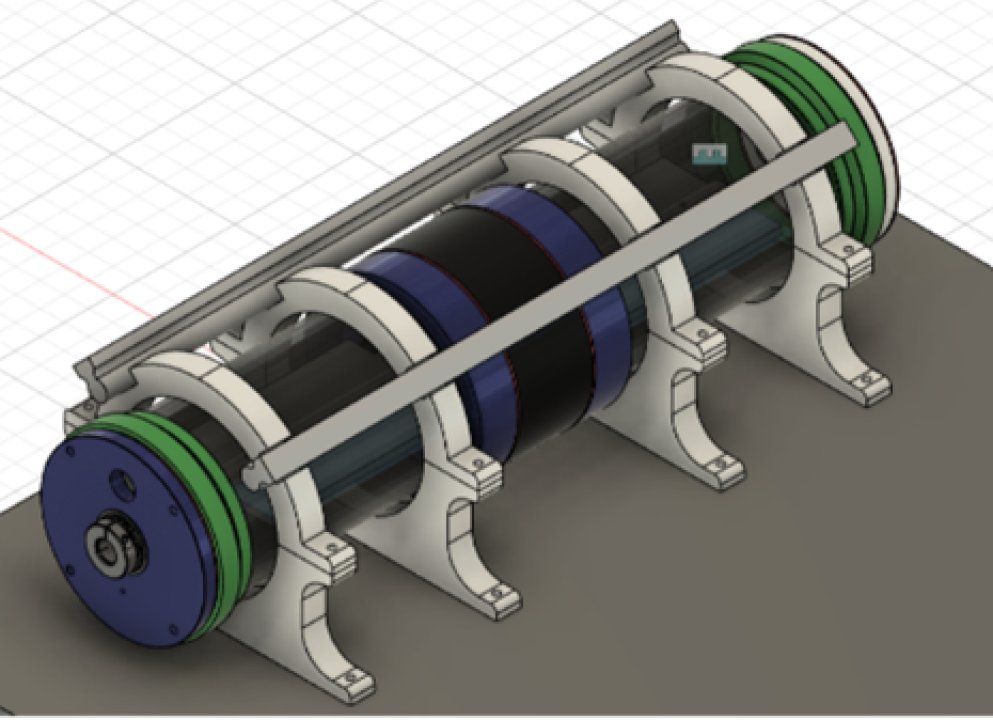RIT Space Exploration Club - ROVER (Field House)
ROVERS: We are a performance team with the main goal of competing in the Mars University Rovers Challenge. To complete this goal we design, fabricate, and operate a fully functioning Mars rover, with a fully articulating four-axis robotic arm. This rover is designed to compete in four main challenges: Autonomous navigation, base-station servicing, life-detection, and extreme delivery. Each of the four challenges highlights the strengths and skills utilized by NASA’s Mars Rover. The skills highlighted are: fine-tuned motor control, absolute position control, status depiction, life detection and geological studies, lidar navigation, wide-range GPS navigation and control, and more! Although our main goal is to compete, as a club we strive to have fun and educate members on a wide range of mechanical, electrical, and software skills, and their applications to space exploration technology! CubeSat: The primary goal of the RIT CubeSat team is to make RITs first student-made project going to space. The team has created a cosmic radiation shielding payload which has the goal of protecting satellites from space radiation using a magnetic array. The team has also created a scintillation detector to determine the effectiveness of the shielding. To test both the detector and the shielding, the team launched several HABs or High Altitude Balloons that carried the payload into Earth's upper atmosphere where it was subject to a higher radiation environment. Lastly, to support the team's end goal of putting a satellite in space, a CubeSat housing has been in development that will one day carry the payload into orbit. The HABs, Detector, Shielding, and CubeSat housing are all on display at Imagine RIT! BioHab: Biohabitat is a team within the SPEX club where we focus on researching, designing and creating a reliable source of nutritious food that can be used by astronauts during their space exploration missions. We are working on creating a small bioreactor with the ability to reliably grow spirulina algae. This combines biology, so we can create a sustainable environment for organisms such as electrical and software engineering, so we can properly monitor and maintain these conditions, and mechanical engineering, so we can create the necessary parts and piece it all together as a functioning system. Drone (MSD): The goal of this project is to design and build a Drone capable of working in a Mars like environment. More specifically, the drone will be used to complement a rover in the Delivery Mission for the Mars Society University Rover Challenge. The drones primary focus will be to scout out the terrain and specific tasks (i.e. reading signs to identify which items for rover to pick up, faster search of a rock garden area). A secondary focus is creating a gripper for the Drone that can be used to carry out tasks if possible.
CAD rendering of the BioHabitat Project
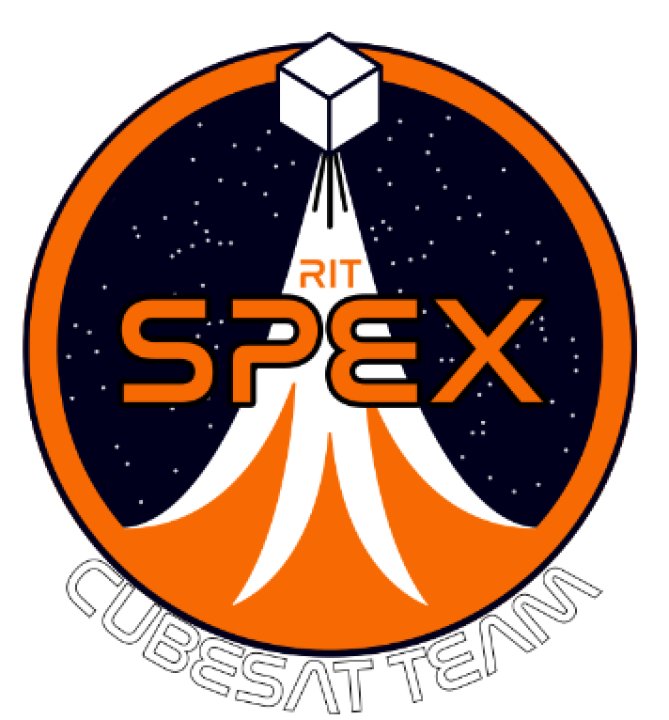
CubeSat Logo
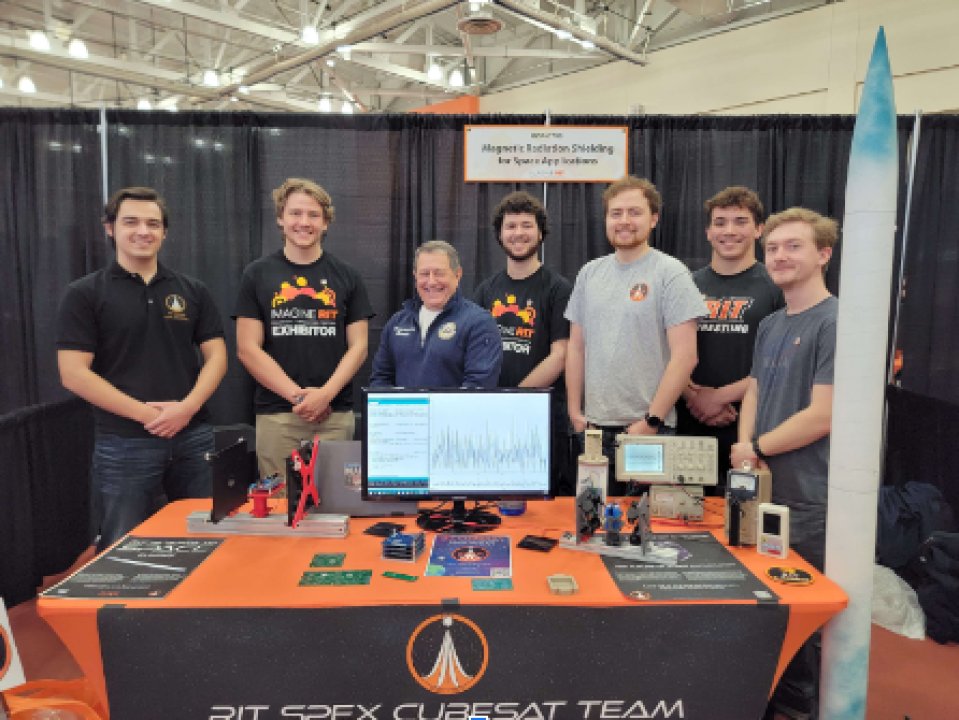
CubeSat team at Imagine RIT 2023
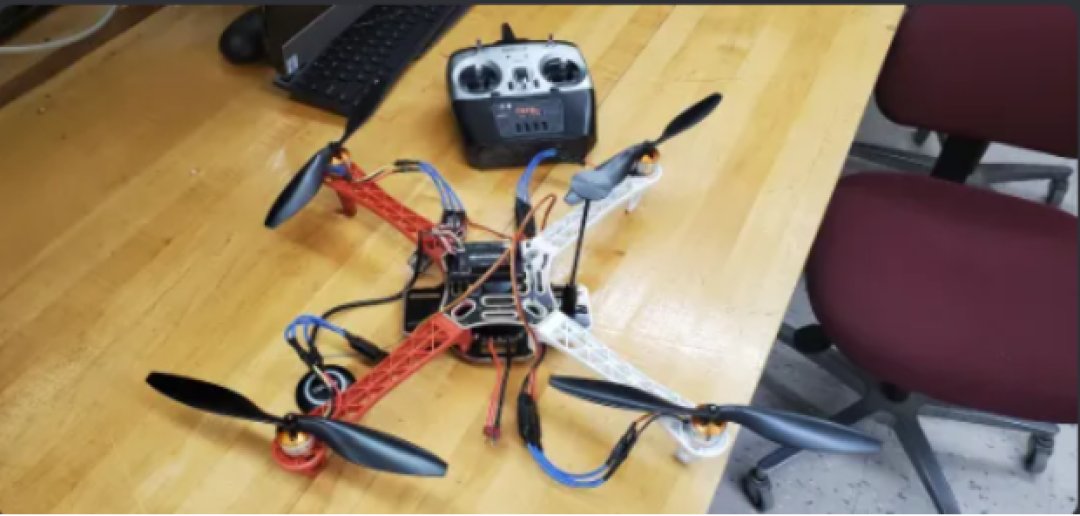
Drone for the MSD Drone Project
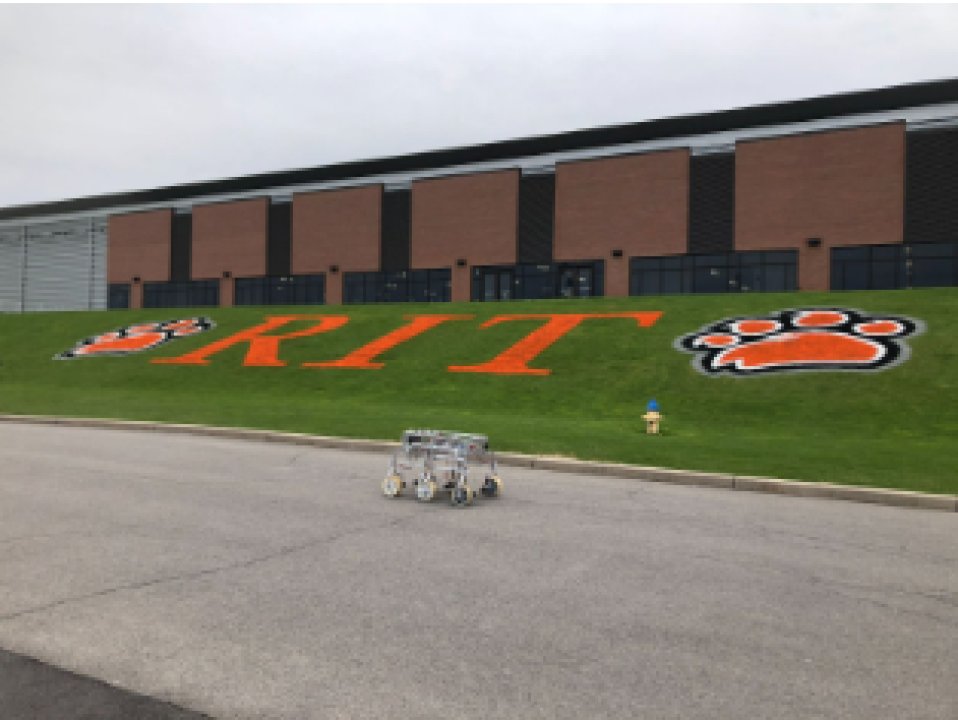
Rover Driving in Front of the Gordon Field House
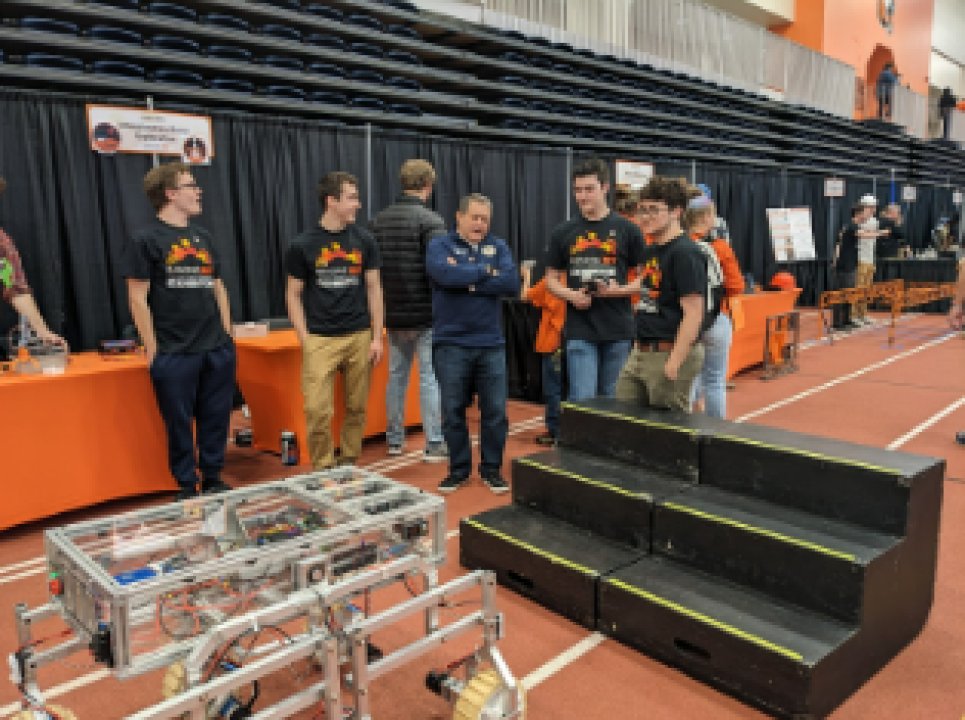
Rover Demonstration at Imagine RIT 2023
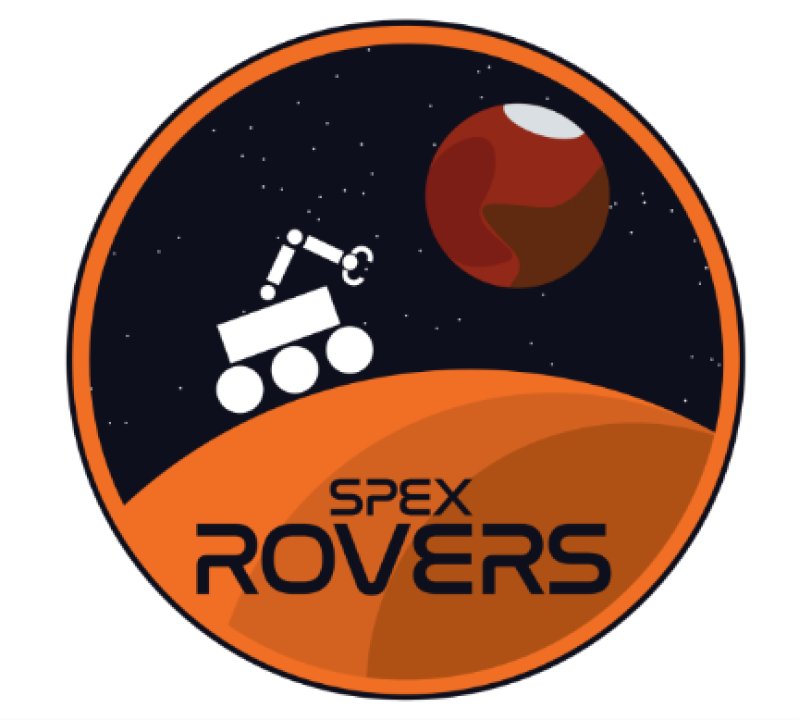
Rover Logo
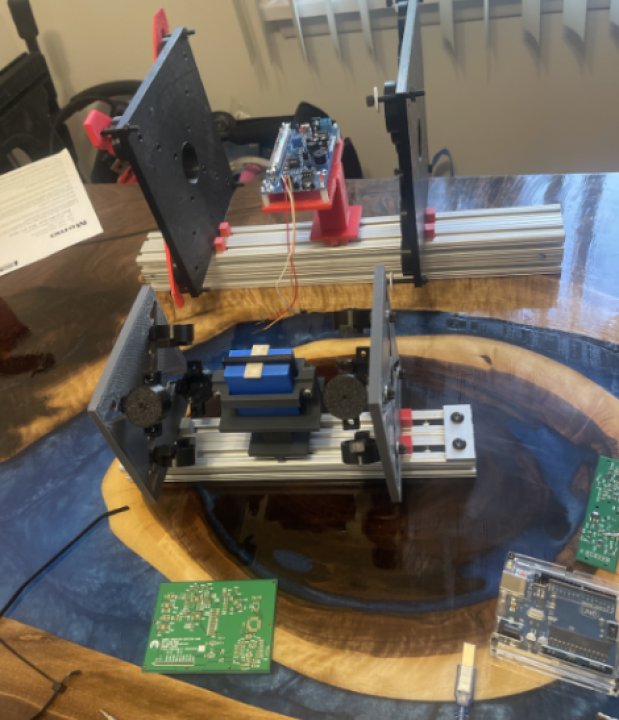
Testing of the CubeSat instruments
Topics
Exhibitor
James Campbell
Jacob Adkins
Max Wolbeck
Joey Streib
Adam Blumrath
mas3412
David Holt
Ashley Riley
Haley Johnson
Ellie Wax
Adam Schultzer
Benjamin Stuhr
Simon Mastroserio
smk3775
Aaron Hibbert
Sandhya Vaidyanathan
Dakota Kosiorek
James Williams
jam9690
Alexandra Castiglie
Gabriel Colborn
Braley Lachner
Josh Harkless
Tevin Hendess
Cullen Straub
Ethan Leone
Advisor(s)
Mihail Barbosu, Mario Gomes, Marty Pepe
Organization
RIT, SEDS USA, RIT College of Science
Thank you to all of our sponsors!
